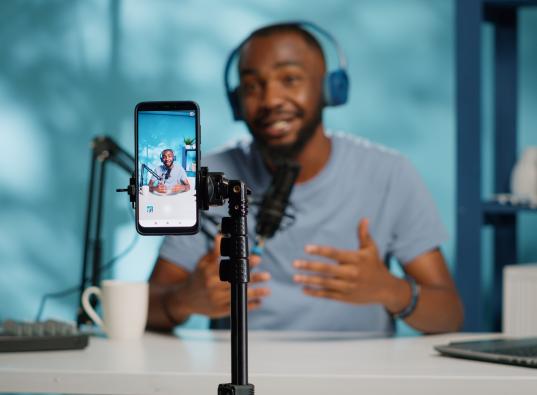Google stated back in ‘06 that there are more than 200 different ranking signals. Then, in 2010, Google search “totem” Matt Cutts said that although they declared there are more than 200 ranking signals, there about 50 or so more factors that affect each of those. Matt also said that they have since been making small updates to their ranking signals, almost daily. And let's not even mention the major algorithm updates like Panda and Hummingbird (among others) that come out every now and again.
Ever since, marketing agencies and search leaders have been actively trying to understand these signals and what exactly they are. This to the extent where they were forming lists of different signals and factors that could potentially get your pages ranking better. One thing to note is how each different report lists different signals as more important and some even list factors that others don’t. So a few things are quite clear:
1. Google is doing a good job in keeping their algorithm structure safe.
2. We can’t just trust one source and make it the authority on Google’s ranking algorithm.
3. We might never know for sure what exactly is going on in Google’s search algorithm.
Being one of the leading search agencies in the country, we can’t ignore these reports. So, after endlessly studying them, we have noted some interrelations between some signals in different reports. We found the general direction that Google is moving towards with these signals was quite clear: user friendliness.
Website visits
Website visits seem to be one of the most influential ranking factors currently. The more visits a page gets, the more Google will start to see the page as an authority on the topic. Google wants to provide users with answers, so as it sees people visiting a certain page, it sends a clear signal to Google telling them that the page is answering questions and should be an authority on the topic.
User behaviour
Website visits go hand-in-hand with the next three notable ranking signals we found to correlate across most of the reports. They are all based on user behaviour metrics. Time on site, pages per session and bounce rate along with site visits tells a search engine that users are finding the content engaging and useful. Google will not rank a page that has poor user engagement because, as mentioned before, Google’s main aim is to help users. Which is why it will serve pages that it thinks will most likely help its users by looking at how often a certain piece of content is engaged and how users react towards the content. Did they find what they were looking for (bounce rate)? Did they find it useful (time on site)? And did they like what they saw (pages per session)?
Content
Ever heard the saying, “content is king”? Content is arguably one of the most important factors when talking about rankings. New content gets added to Google daily, so writing thin content with only a few hundred words will not do any more. What the optimal length for a content piece should be has been debated for a long time. The simple fact is that Google associates lengthy content with detailed and extensive breakdowns that should more than likely provide the user with the answers they seek. All in all, content can be as long as from here to the moon, but if it is not relevant or of high quality, Google will not take note as user engagement will notify it promptly.
Links
The big kicker probably has to do with the number of referring domains. For a long time, SEOs and the general public thought the number of referring domains was the biggest and most direct path to higher rankings. Although it still plays a big role, it is not nearly as influential as we might have thought. By making content shareable, social signals are starting to make their way into the Google search algorithm, essentially making just as big of an impact as links.
Website security
The last notable (and arguably newest) addition to start making an appearance in Google’s search algorithm is HTTPS (Hyper Text Transfer Protocol Secure). Enabling or making the switch to HTTPS will now give you a relatively nice boost in rankings. One can argue that as much as Google wants to provide users with relevant and engaging content, it also wants to make sure that when users eventually engage with the content, that they (and their credentials) are protected. It was also noted in the reports that sites that are HTTPS enabled stand a better chance to rank for high search volume keywords.
In conclusion
Slowly, Google is starting to move away from set lists that lay out its search algorithm. Instead, they are starting to rely more on user signals to help them determine where they should rank pages. From that, it should be relatively clear. Create in-depth content that answers questions users might have, ensure that content is shareable and provide users with a safe browsing experience.
Need Assistance with Digital Strategy?
Rogerwilco’s team of strategists, business analysts and data scientists is here to help.





